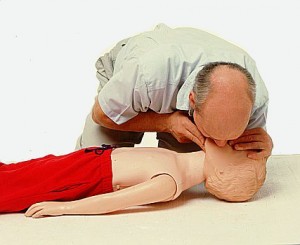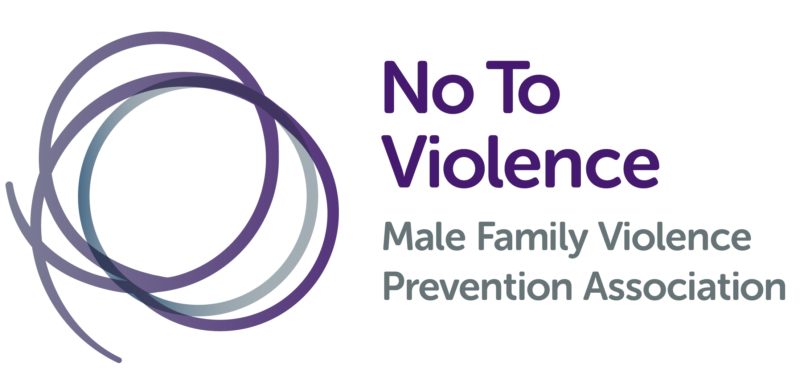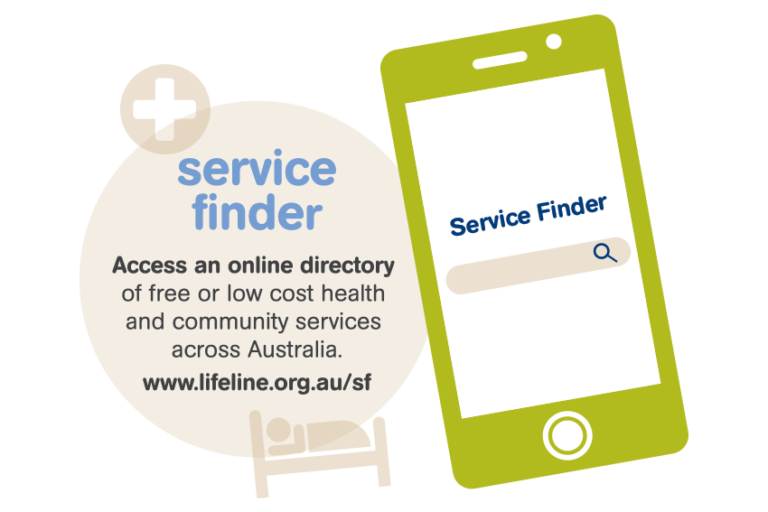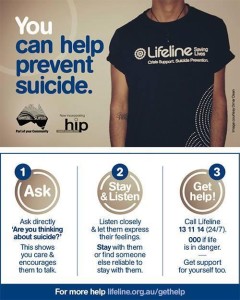 It is not surprising that Australia Post won the best print advertisement at the Caxton Awards in 2007. M&C Saatchi Melbourne created the advertisement rightly named “Letter Hug”. In a previous post we spoke briefly of keeping in touch in between visits by sending a card, for the purpose of this post we should call it the “Card Hug”. The cards are simply written with loving words that ensure your children know they are top of mind even when you are not there. It can be a message saying you have arranged something special for the next time they visit, or you were remembering the last weekend and how much fun you had together.
It is not surprising that Australia Post won the best print advertisement at the Caxton Awards in 2007. M&C Saatchi Melbourne created the advertisement rightly named “Letter Hug”. In a previous post we spoke briefly of keeping in touch in between visits by sending a card, for the purpose of this post we should call it the “Card Hug”. The cards are simply written with loving words that ensure your children know they are top of mind even when you are not there. It can be a message saying you have arranged something special for the next time they visit, or you were remembering the last weekend and how much fun you had together.
It could be even letting them know how proud you are of them and to have a great week with their mum and you will see them soon. There are lots of message ideas and anyone from 4 – 74 enjoys receiving cards. A “card hug” sent fortnightly can be a wonderful reminder and a nice habit to get into.
Let us know if you have had experience with this?

 We all know it’s sometimes hard to make ends meet even when we are living as a couple. It can get harder when living as a separated dad as it is more expensive living as a single. Not only are you now paying all your living expenses on your own but you most probably have additional expenses in way of child support and assistance for your children and/ or just the added expense of caring for the children whilst in your care.
We all know it’s sometimes hard to make ends meet even when we are living as a couple. It can get harder when living as a separated dad as it is more expensive living as a single. Not only are you now paying all your living expenses on your own but you most probably have additional expenses in way of child support and assistance for your children and/ or just the added expense of caring for the children whilst in your care. Fathers who have more contact with their children suffer less grief than fathers who have little contact. I have experienced both sides of this fence, and can empathise with fathers who see their children only every second weekend or less for that matter. This causes grief through the feeling of “separation loss” of your children. The moment we leave the family home our role changes, we are forced to physically care less for our children on a day to day basis. Everything we used to do in our former family life is adjusted!
Fathers who have more contact with their children suffer less grief than fathers who have little contact. I have experienced both sides of this fence, and can empathise with fathers who see their children only every second weekend or less for that matter. This causes grief through the feeling of “separation loss” of your children. The moment we leave the family home our role changes, we are forced to physically care less for our children on a day to day basis. Everything we used to do in our former family life is adjusted!










 Knowing the basics of performing CPR can be the difference between life or death. It could be a friend or heaven forbid your child! Being able to jump in and help can keep blood flowing through their body and keep vital organs alive whilst the ambulance is on the way. I remember watching a women pull her child from the river in Merimbula NSW and she just didn’t know what to do and stood there crying? I was young and thought just DO something DO something! Luckily a person nearby jumped in and started mouth to mouth and CPR while we waited for the ambulance.
Knowing the basics of performing CPR can be the difference between life or death. It could be a friend or heaven forbid your child! Being able to jump in and help can keep blood flowing through their body and keep vital organs alive whilst the ambulance is on the way. I remember watching a women pull her child from the river in Merimbula NSW and she just didn’t know what to do and stood there crying? I was young and thought just DO something DO something! Luckily a person nearby jumped in and started mouth to mouth and CPR while we waited for the ambulance.
















Would you leave your front and back door open whilst your kids are at home?
This video has a very clear and simple message and should be watched with you kids…
http://youtu.be/_o8auwnJtqE
Here are some tips to keep your kids safe online and points for discussion
Some ideas to staying safe at home